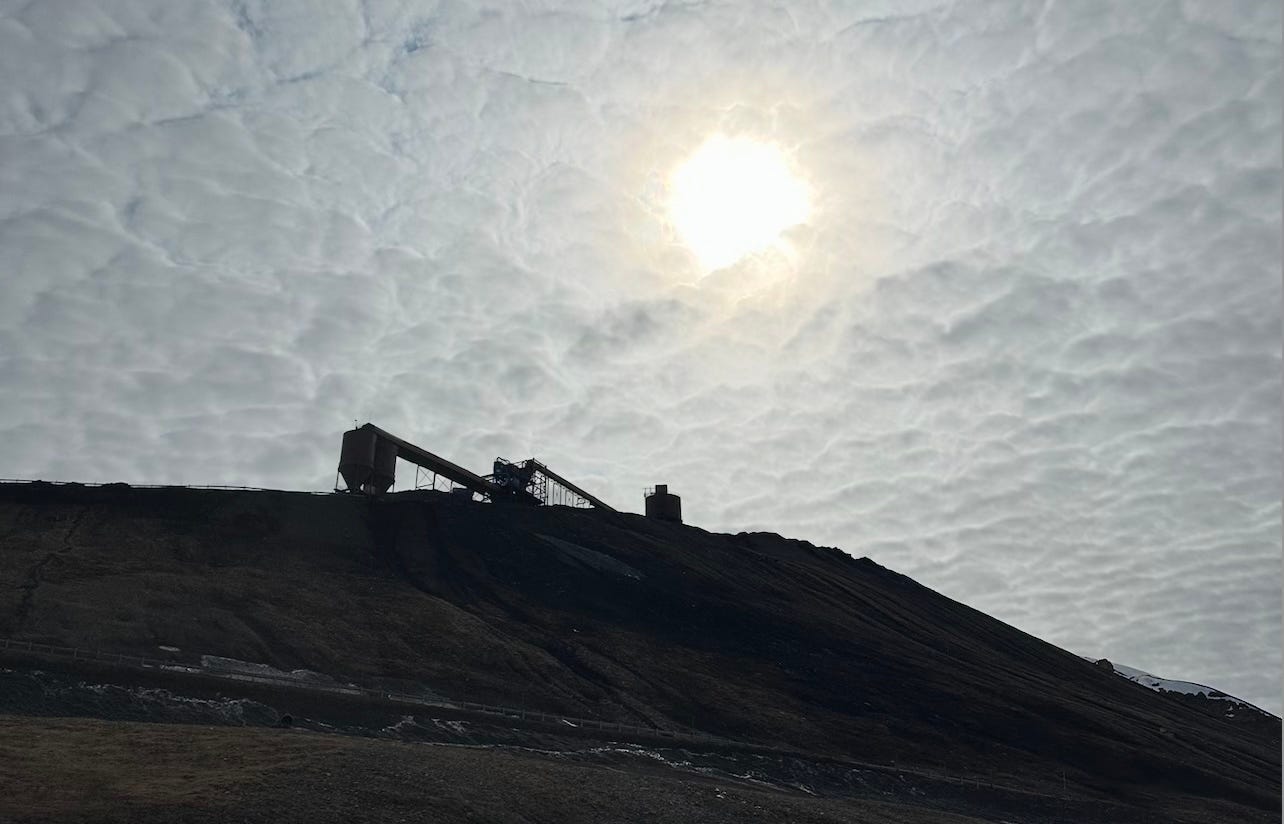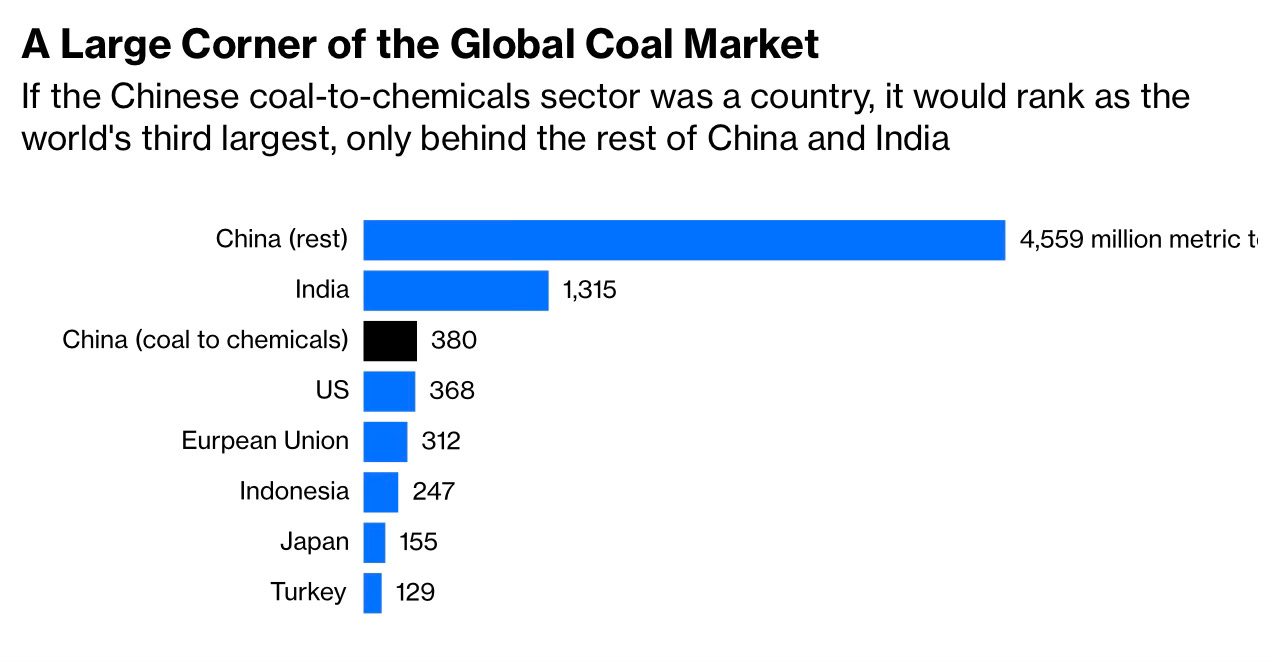The Future is Coal?
The "Net-Zero" fanatics keep predicting the demise of coal, but world energy systems don't seem to be cooperating
Behold immediately below Norway’s last coal mine on Svalbard island (photographed by your intrepid correspondent yesterday), closing for good in three weeks. It was supposed to close two years ago, but the outbreak of the Russia-Ukraine War postponed the closure when the price of coal jumped along with demand.
The nearby town of Longyearbyen used to produce its electricity from coal, but now that it is ending its coal mining, it has switched to a diesel generator (with the diesel fuels shipped in by tanker). Doesn’t sound exactly like a Net-Zero win to me, but whatever.
While the United States and parts of Europe (mostly the stupid parts in western Europe) have phased out a lot of coal, the rest of the world didn’t get the memo. And just here I get to cite one of my favorite energy writers, Javier Blas of Bloomberg news. (I sometimes wonder if Michael Bloomberg, a major climatista, knows that Blas, an energy realist, is on his payroll. . .)
China and India have approved the construction of the largest capacity of new coal-fired power plants in a decade, as the world’s two most populous nations seek to bolster energy security, according to the International Energy Agency.
China gave the green light to almost 100 gigawatts of new coal-fired plants in 2024, and India a further 15 gigawatts, pushing global approvals to their highest level since 2015, the Paris-based agency said.
“The capacity in coal is increasing,” IEA Executive Director Fatih Birol said in an interview as the agency published its annual World Energy Investment report. . . Investments in coal supply continue to tick upward with another 4% increase expected in 2025, a slight slowdown compared with the 6% annual average growth seen over the last five years, the IEA said. “Nearly all the growth in coal investments in 2024 came from China and India to meet domestic demand,” according to the report.
But generating electricity is not the only use of coal on the rise. A separate article from Blas reports another part of this story that is seldom reported in the mainstream media—how coal is being converted to chemicals on a larger and larger scale:
Exactly a century ago, two German chemists patented a process to transform coal into liquid fuels. . . Its last — and huge — user is China.
Largely unnoticed, the size of this obscure corner of the Chinese coal industry has reached gargantuan proportions: It consumes about 380 million metric tons of coal as a feedstock for chemical and liquid fuel production, according to the International Energy Agency. To understand its size better, it helps to think about the segment as if it were a country. As such, it would rank as the world’s third-largest consumer, only behind the rest of the Chinese coal sector and India, but ahead of the US, Japan and other top coal-consuming nations like Indonesia and Turkey. . .Crucially, the Chinese coal-conversion industry is set to expand even further, potentially offsetting declines elsewhere in the country, including a reduction in coal demand to produce cement and steel. “We expect a growth between 5% and 10% in the coming years,” Carlos Fernandez Alvarez, head of coal at the IEA, tells me. . .
China is coal-rich, and thus every ton of liquid fuel, fertilizer and petrochemicals it generates using the dirtiest fossil fuel is one that it doesn’t need to manufacture using foreign oil and natural gas. The government has long seen its reliance on imported fossil fuels as a threat to national security.
Chaser from Blas:
Western policymakers, apart from the US, often say they are “consigning coal to history.” That’s nonsense. Global demand climbed to an all-time high last year, and everything suggests it will remain at near record levels for several more years.
Exit squib—Your intrepid reporter on the beat in the Way Far North (only a few hundred miles from the North Pole):









Multiple daily posts? You must be Sleepless in Svalbard with the 24 hour sun. Don’t leave town without your rifle for polar bear protection. Been there; done that!
Meanwhile, the US continues to mothball and scrap coal plants before their time. We still have no coherent energy policy.